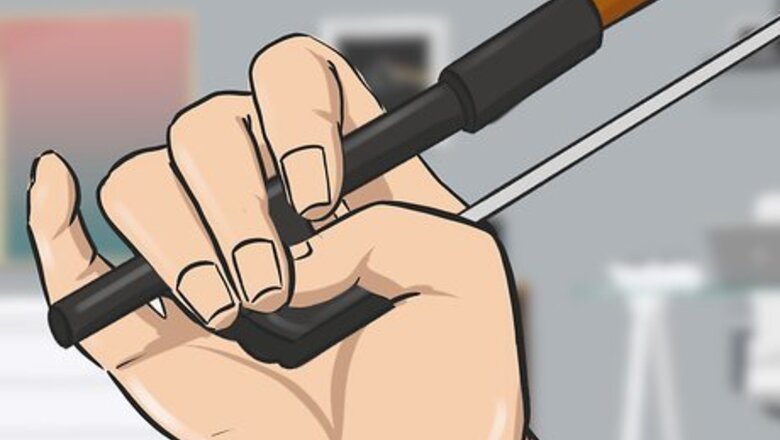
views
Improving Tone with Your Bow
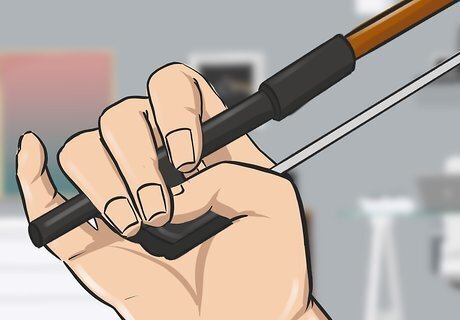
Maintain an even and balanced grip on your bow. Keep the arm and hand you hold your bow with relaxed so you aren’t tense while you play. Keep your pinky on top of the bow and apply even pressure between your fingers to keep the bow balanced. As you improve your grip, your violin will sound fuller. Don’t grip the bow too tightly or else your violin may sound scratchy.
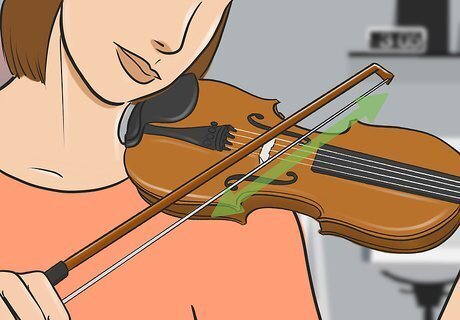
Practice straight bowing to play the right parts of your strings. If you play with your bow at an angle to the strings, the sound won’t be as loud or powerful as it could be. Keep the bow parallel with your violin’s bridge to produce the best sound. Practice doing up and down strokes while keeping your bow straight. Try playing your violin in front of a mirror to see if you’re playing with your bow straight. Use a permanent marker to draw marks as wide as your bow on the strings. Make sure the marks are parallel to the violin’s bridge. Play along those lines so you know you’re keeping your bow straight.
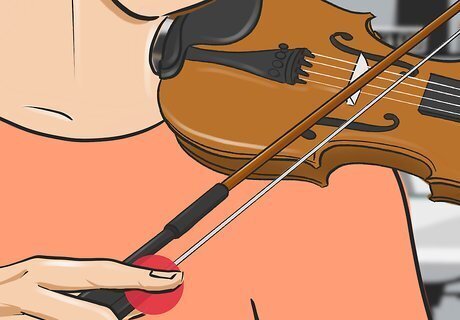
Put more pressure to the bow while you play. Use your index finger to apply pressure to your bow during your strokes. As you apply put pressure on the bow, your violin will feel full and clear. When you’re near the end of your stroke, reduce the amount of pressure to lighten your violin’s sound.
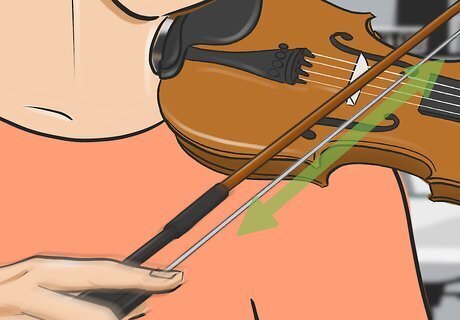
Use faster strokes to make the violin louder. When you’re playing, increase the speed of your strokes to make the strings resonate faster. Practice starting your stroke slowly and speeding up as you near the end to hear the change in volume. Experiment with the speed of your strokes to see what dynamics you can achieve. Change the direction of your stroke quickly to create a loud spike in your sound.
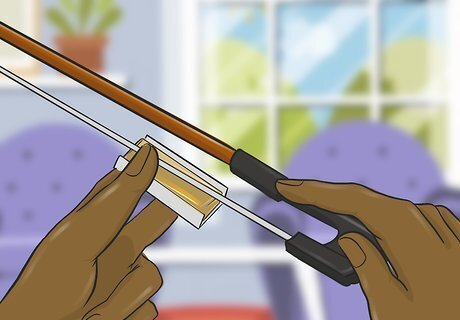
Apply rosin to your bow to create a fuller sound. Rosin helps your bow grip the strings and makes them vibrate more to improve your violin’s sound. Rub the strings of your bow across your rosin to give it an even coat. Try your bow after applying the rosin to see if your tone improves. You can buy rosin at music supply stores. Too much rosin on your bow can make your violin sound scratchy. Keep using your boy until the rosin wears off. Make sure to wipe any rosin buildup off of your strings when you’re finished playing.
Hooking up a Violin Microphone

Purchase a microphone for your violin. Look for a microphone that’s made specifically for an acoustic violin. You can choose an omnidirectional mic, a single-direction mic, or a pickup to attach to your violin while you play it. Look up reviews for different microphones to see what works best with your specific instrument. Omnidirectional microphones pick up the full sound of your instrument, but they can pick up noises from others around you. Directional mics only pick up sounds from what they’re pointed at, but other sounds could bounce off your violin and cause feedback. Pickups attach directly to your violin’s body to capture audio, but they may not have as clear of a sound as microphones. You can buy violin microphones online or from music supply stores.
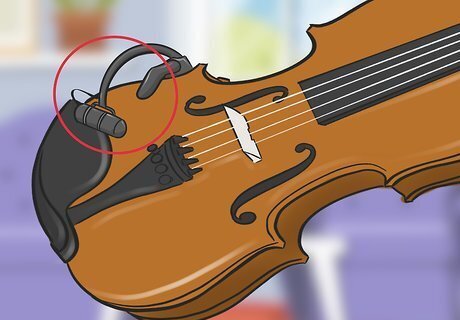
Clip the microphone to the side of your violin. Your violin microphone will come with a clip that attaches to your violin near the chin rest. Adjust the clip to fit on your violin and secure it in place. Point the microphone at the violin strings or at the f-hole to capture the sound of your instrument. Each violin will sound different when it’s attached to a mic. Experiment with the positioning of your microphone to see what produces the best sound.Tip: Some microphones and pickups attach underneath your violin’s fingerboard. Place the flat side of the microphone against the violin’s body and slide it underneath your fingerboard. The foam on top of the microphone will hold it in place.

Plug the pickup into an amplifier to increase the volume. Look for an amplifier that’s made for violins or acoustic instruments to use with your violin. Run an auxiliary cable from the amplifier and plug it into the microphone. Play your violin while the amp is on to increase your instrument’s volume and make it stand out. Playing with an amp will not improve the tone of your instrument. Practice good bowing techniques to get the fullest sound. Try adjusting any knobs on your amp to see how it changes your violin. For example, if you increase the reverb, your violin will sound like it’s echoing in a large room.


















Comments
0 comment